- What We Do
-
-
Search Engine Optimization
-
PPC Management
Digital Brand Building
-
Social Media Management
-
E-commerce Digital Marketing
White label
-
-
-
- The Digital Edge
- Info-sphere
- Get Proposal
- Free SEO Audit
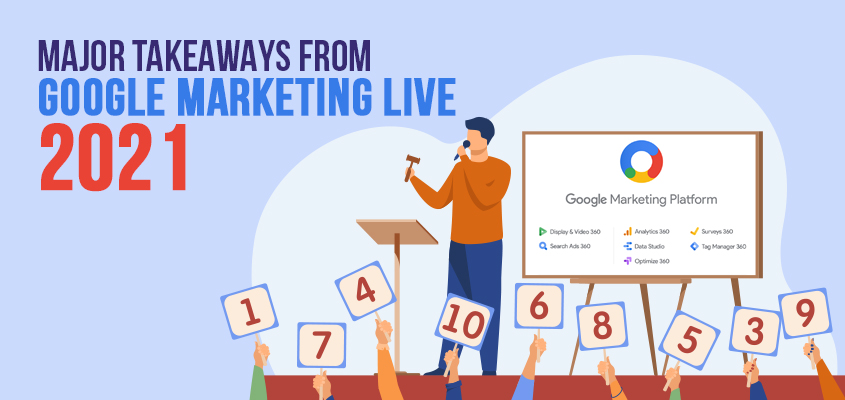
The digital marketing space has gone through massive disruption in the past few years. The change in consumption habits and general acquaintance and acceptance of the digital-world solutions has changed the dynamics of customer engagement and service.
The tools, techniques, strategies, and the science of marketing that goes within everything around building audience networks, promoting customer relations, positioning your identity, and creating a revenue channel, require a holistic approach towards customer mapping and marketing automation.
Now, in a broader purview of what prevails as an ideal practice towards online marketing and communication, you need to leverage actionable data and read and depict customer trends. So, you get users to respond and behave towards your offerings in an intended manner.
As a Google Premier Partner Agency, ESage Digital stays in touch with the insider updates and keeps up with ‘the say’ of the search engine giant to utilize its critical value and pioneering importance in the customer programs and services offered by us.
So, as we grasp and analyze the ideas from the Google Marketing Live event of 2021, we can see a string of takeaways to grab from here and these are critical for agencies to commit to growth and realize profits with their online advertising attempts ahead of now. Check these out here!
1. Marketing Performance can be Better Depicted by Data-Driven Attribution
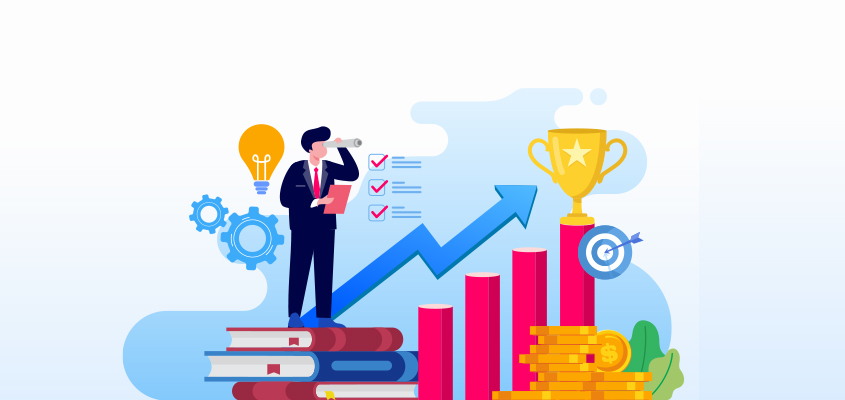
It is always important to know the final touchpoint of the customer journey. But, this only gets along well with optimizing the consumer funnel considering the entire flow of marketing events serving your plan. The multi-touch attribution model gets you to have a deeper understanding of why and how your user has reached the other end and what gets them to drive through the purchase point across the channel.
With Advertising Workspace in Google Analytics 4, you can compare attribution models, platform budget options, content funnels, and traction events. You can select your combination of marketing resources and communication assets and put them through data-driven attribution going as per your idea of performance measurement. This way you will be able to identify and establish campaign frameworks and advertising feeds that deliver in your case.
2. Target ROAS Smart Bidding to Drive Conversions and Optimize Revenues
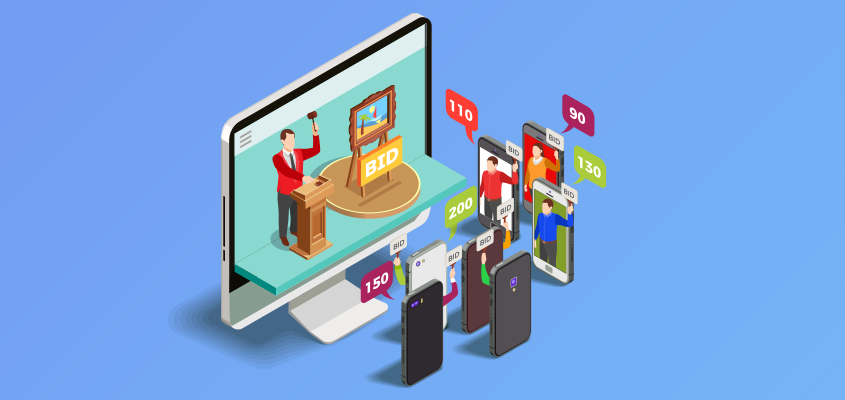
There are a host of automation features introduced by Google over time, but the most rewarding ones still stand out to be the Target ROAS (Return On Advertising Spend) for Discovery and YouTube Ads.
If you are aiming at performance and looking to keep revenue ticking, you need to devise a tracking system for customer activity assigning weights and scores to different performance parameters and action items. This should include appointing predictive models based on the derived data and response trials.
As per what was stressed upon in the live event about ROAS smart bidding was, “the more informative you behave to feed the algorithms keeping it working with data-driven attribution, the more chances you have to get better conversion value out of it.” And this is where you will have performance-oriented optimization with higher chances to grab revenues.
3. Take Help with Privacy Sandbox to Get Privacy to Serve as Brand Value
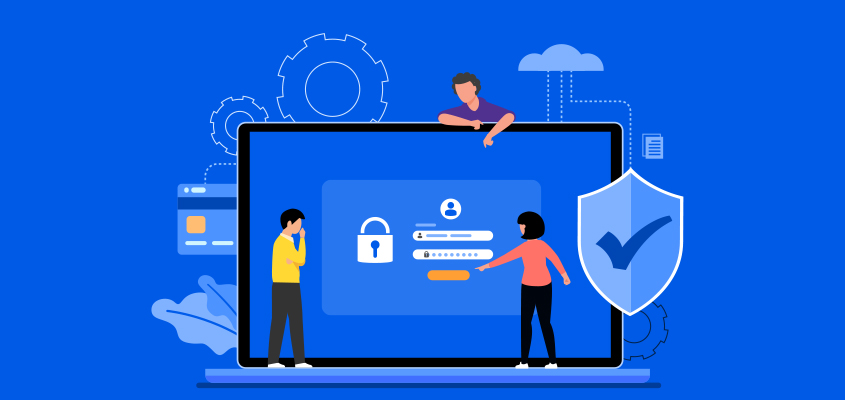
With the third-party cookie poll growing vast and deep to grab consumer insights, it becomes important for businesses to collect user information and track their behavior while keeping their privacy protected. With the swarm of information passing across dynamic data channels and shared user networks, it becomes important to appoint access rules and validation protocols for handling and using the information on the online platforms and repositories.
Privacy Sandbox is an open-source facility that establishes privacy frameworks by building and implementing privacy replacement solutions enabling third-party cookie management keeping user privacy protected at all levels.
So, what’s here for online marketers? Google’s policies are going to allow media targeting cumulatively at a broad level and not for micro-entities and targeted events. Google aims at connecting every dot of marketing and consolidates the advertising baseline with different campaign factors introduced from time to time. It requires the entire advertising framework to work in alliance with third-party data resources building automation and creating a strong privacy compliance system around Google Ads.
4. Integrate Your Campaigns Across Ad Types to Maximize Advertising Value
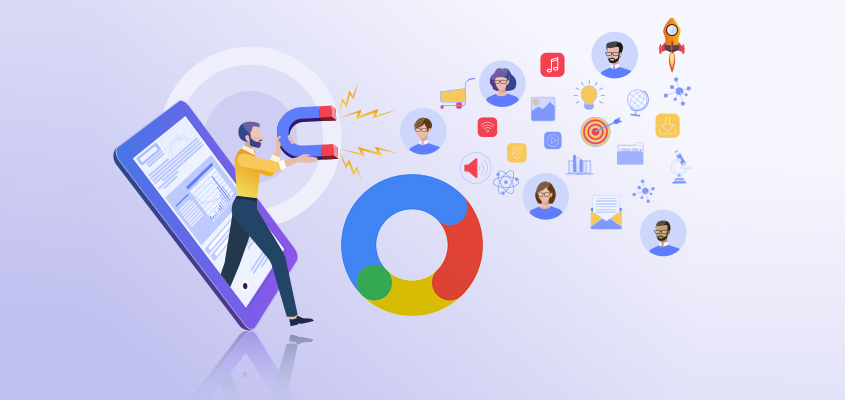
We are already in the times when the online advertising space is being served with integrated campaigns that work across different platforms consistently without any performance gap or latency. To get to manage it better further you have tools like Performance Max that allow you to work around Google campaigns under a consolidated advertising ecosystem that offers you handy tools to maximize value through ads.
Using these tools you get to unify distributed efforts in one organized and consolidated system of campaign management. This gets you to manage and schedule time better and efficiently drive campaigns with a high assurance of performance accuracy and low failure rate.
This is where you get to put up with enhanced granular reporting best serving your business goals and depicting auction insights and campaign metrics with dynamic data tracking, processing, and collaboration across platforms.
5. Plan Digital Ads for Integrated Local Campaigns
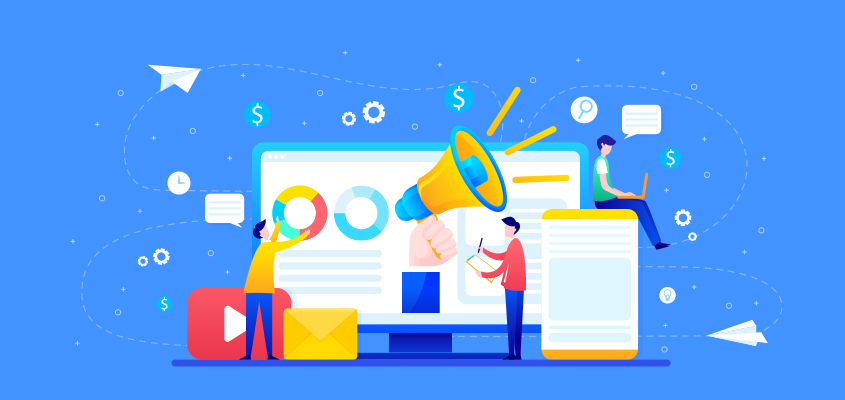
The pandemic phase has been a tough time for physical stores. There has been some relief to the traditional brick-and-mortar setups with Google’s Local Search Feature enhancements that let local stores enhance their reach and presence going beyond the confined scope of digital promotions.
As per session addressals in Google Marketing Live 2021, Google will be adding new store promotion and campaign analytics features to build up and promote local action. It should also be promoting more possibilities around omnichannel commerce and help businesses pivot by adopting integrated local campaign strategies.
So, you have more avenues open to combining campaign resources to work on an integrated local capacity leveraging advanced platform possibilities to drive and optimize in-store sales.
To Conclude
The Google Marketing Live event of 2021 seems to have brought plans and propose ideas that are more around offering stability and validation through the pandemic crisis. While Google seems to make a strategic shift with what is already in their planned scheme of events, it is also providing for enterprise engagement programs in the changing dynamics or market forces and events. Everything that the event stressed about gives an idea of holistic campaign practices and advertising trends that respond to the changed market tendencies and value propositions that we see around lately.
To learn more about the GML 2021 takeaways and apply these ideas with your online advertising plan, get in touch with our Google Ads Experts.